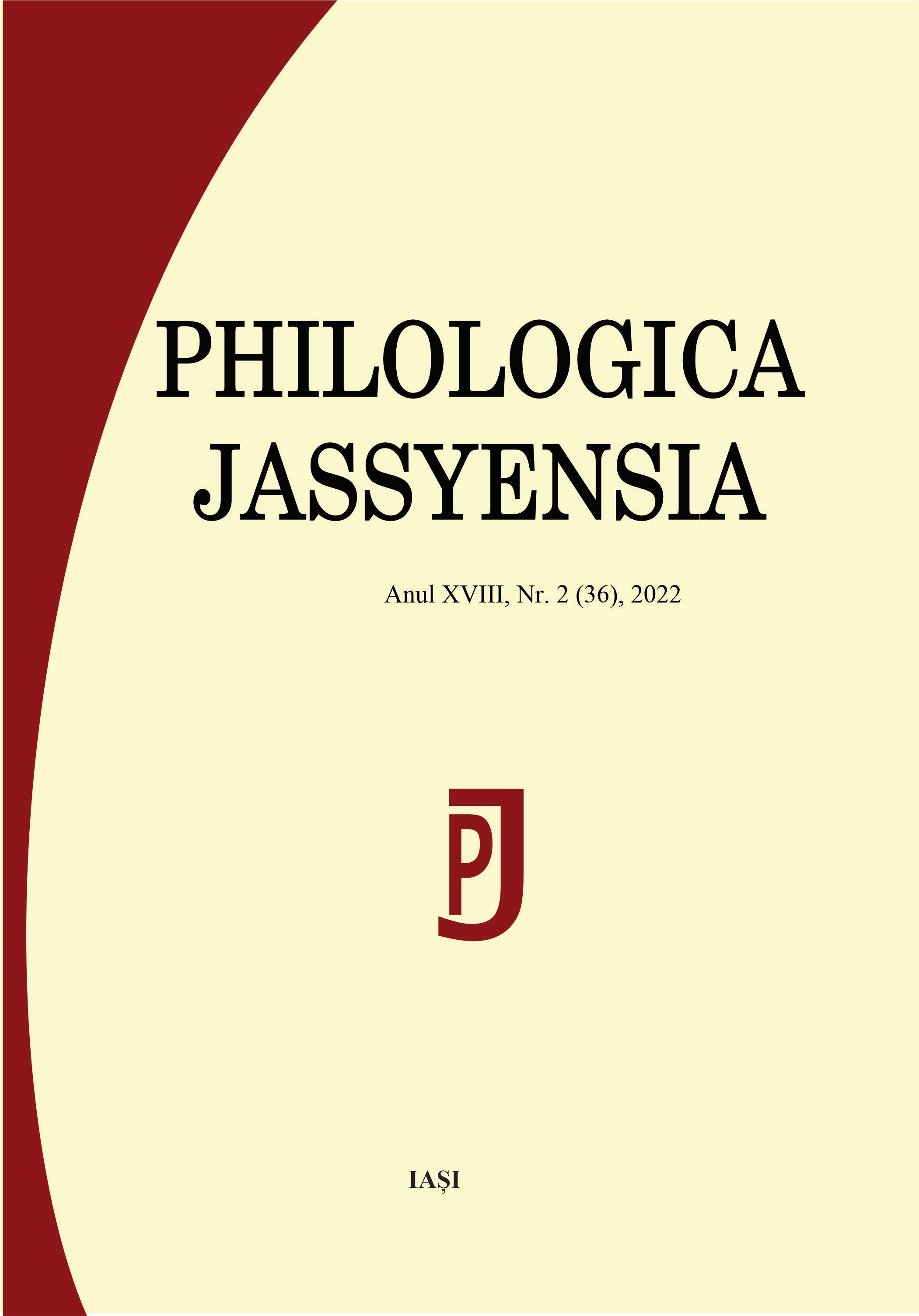Transylvania Postcolonial. Literature beyond Illusions (II)
Transylvania Postcolonial. Literature beyond Illusions (II)
Author(s): Florin OprescuSubject(s): Cultural history, Romanian Literature
Published by: Editura Tracus Arte
Keywords: Postcolonialism; Transylvania; Literature; Center vs. Periphery; Cultural Homogeneity;
Summary/Abstract: Postcolonial theories have mostly problematized the cultural effects that followed external, distant colonialism. It is about the analysis of hegemonic processes and reports on an external territory, distant from the Center. However, in the case of Transylvania, we can speak of a colonial triad over the past centuries. It is about the Habsburg external colonization, the Hungarian internal one from the period of "dualism" and the Romanian autocolonialism after 1918. The common feature of any form of colonization was cultural homogenization, a process that affected the edges of empires, destroying irreversibly their plural identity. The margins took over the harsh model of the Centers, and their heterogeneity was destroyed, local communities turning into closed, resentful and defensive worlds, despite the multiculturalist utopias that still dominate discourses about imperial borders. What is the function of literature in this complex political and cultural context? Texts such as those analyzed here, whose authors have directly experienced the impact of colonization, such as Liviu Rebreanu, Adolf Meschendörfer or Miklós Bánffy, can be read as genuine counter-discourses to the theses of colonialism. Literature is the only authentic historical discourse that can prove the disastrous effects of colonial cultural homogenizations, a fact documented in this article.
Journal: Philologica Jassyensia
- Issue Year: XVIII/2022
- Issue No: 2 (36)
- Page Range: 123-134
- Page Count: 12
- Language: English

